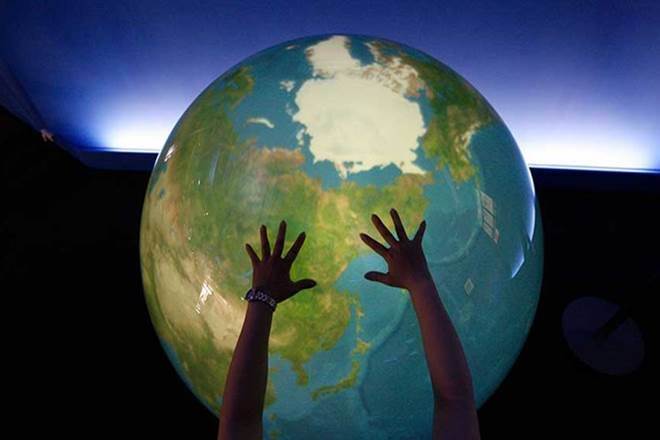Opportunities to address both climate change and the extinction crisis are closing fast. It has become clear that beyond a 1.5oC average rise in global temperature, the biology of the planet will get gravely threatened as ecosystems literally begin to unravel. At a time when the world is grappling with meeting the Paris Climate Agreement and trying to prevent the ongoing “sixth mass extinction on Earth”, an international team of scientists has published a way forward—a Global Deal for Nature. Based on a co-dependence of biodiversity and climate mitigation, the study proposes a bold vision for what needs be done to ensure the functioning of the biosphere. The paper makes a strong connection between climate change and biodiversity loss. If we aren’t able to solve the climate crisis, we will not be able to solve the biodiversity crisis. Conversely, if we aren’t able to cease the destruction of forests and other habitats, we will likely be unable to stay below the threshold on 1.5oC.
Also read: Husbands, take note! Wife’s parents being rich is immaterial for deciding maintenance, says Bombay HC
The Global Deal for Nature analysed how much of the planet we need to maintain to ensure that our ecosystems continue to thrive, and provide services essential for human life, including carbon sequestration. The Deal concludes that we need to protect at least 30% of the Earth’s surface and sustainably manage another 20% by 2030. It also provides a framework for the proposed conservation drive across the most important areas for biodiversity, such as marine ecosystems, tropical forests and grasslands. These efforts to manage ecosystems sustainably, however, need to go beyond governments and bureaucrats and involve groups that would be directly affected by these policies, like the locals. Now, combining the Paris Climate Agreement with the Global Deal for Nature provides a clear pathway for action. It is left to the politicians and legislators worldwide to make sure the proposed action is carried out. Time is running out.


